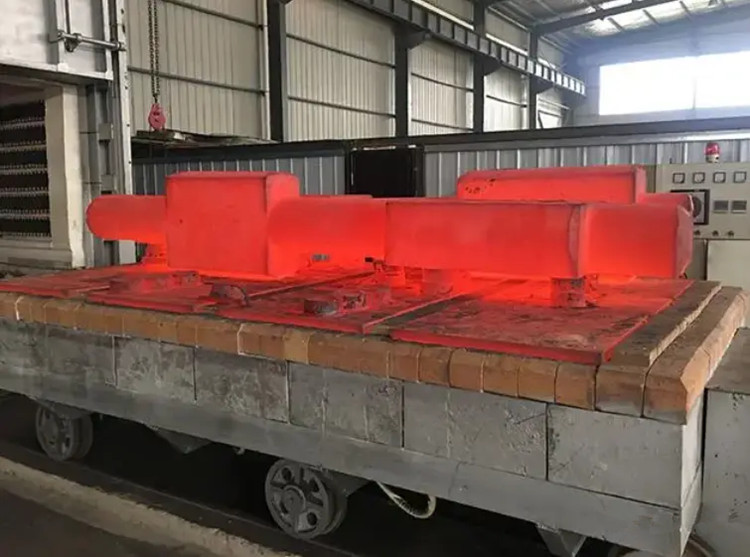- tyler@kirail.com
- +86 15603721115
Conventional heat treatment of forgings is mostly done by reheating the forgings after they have cooled to room temperature according to the process specifications. Forging residual heat quenching is to use the heat of the forgings themselves after forging to directly quench them, so that the residual heat of the forgings can be fully utilized.

Studies have shown that compared with ordinary heat treatment, forging residual heat quenching can significantly improve the mechanical properties of steel parts, such as 10% increase in hardness, 3%-10% increase in tensile strength, 10%-40% increase in elongation, and 20%-30% increase in impact toughness. In addition, steel parts quenched by forging residual heat have higher tempering resistance, and the strengthening effect can be maintained above 600℃.
The heating temperature of forging waste heat quenching is relatively high, generally 1050-1250℃. Since the waste heat of forging is utilized, the process of reheating after heat treatment (normalizing, tempering) and austenitization is omitted. It is a very important heat treatment energy-saving measure. Therefore, it is widely used in automotive parts such as connecting rods, crankshafts, camshafts, and billets.